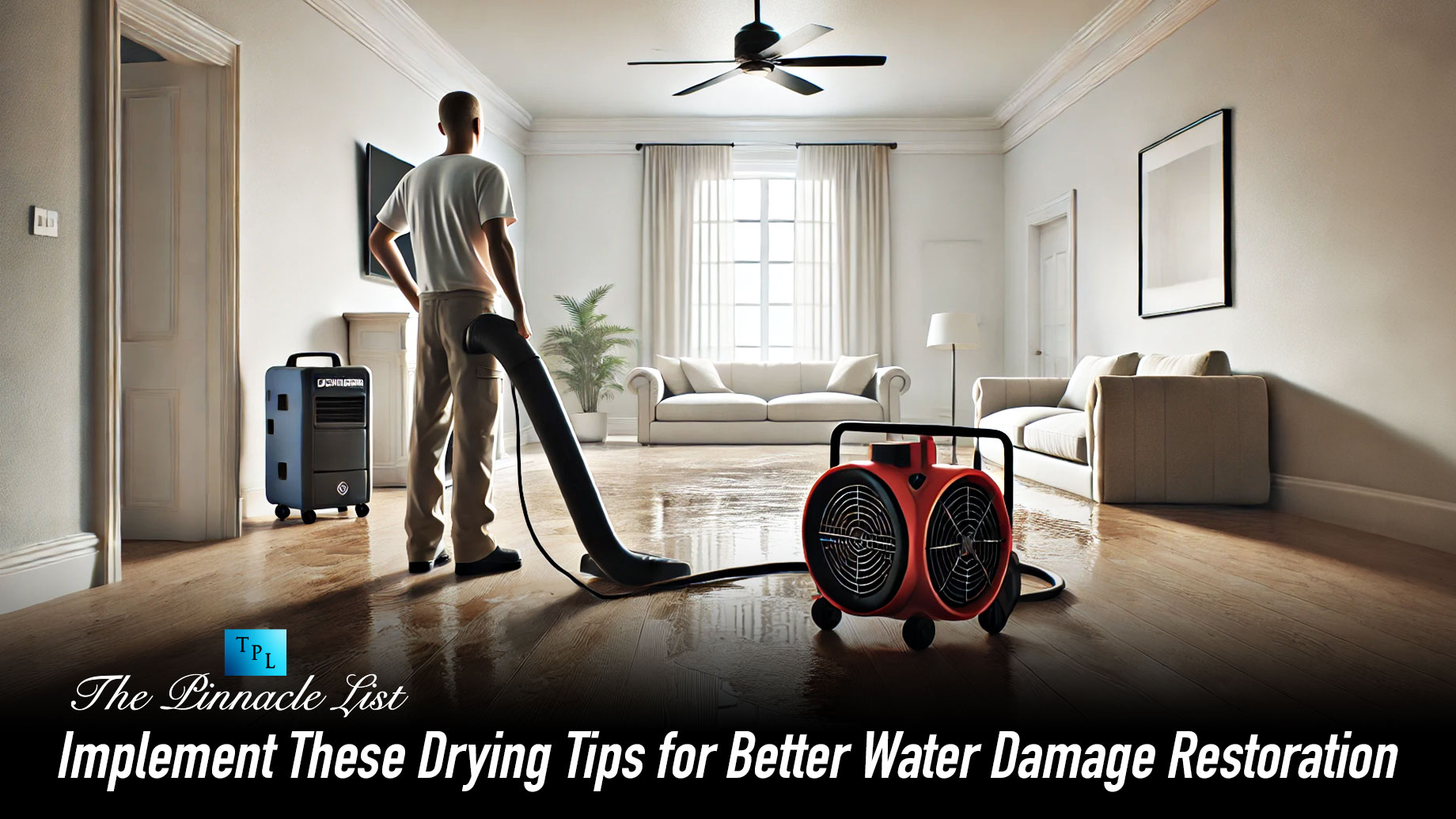
Without unforeseen reason, water damage can occur if standing water is in any house for a long time. An effective and efficient drying process is the only way to restore the water damage.
Three factors contribute to the drying process’s result: the extent of damage, the type of material, and the atmospheric condition. Before starting the process, you must invest in the best equipment and tools to intensify the restoration process. You can either contact a restoration service or do it yourself.
Step-by-step drying process for water damage restoration:
1. Train the team
When you have a water-damaged site, it is a big responsibility as many objects and hardware must be moved. Thus, expert help is required for water damage restoration Brooklyn NY. They are knowledgeable and can conduct any drying process effectively. They have developed skills to combat the process from start to finish.
2. Respond to the calls
If you ignore the need of the hour, the water will sit for a long time, which can lead to extensive structural damage. To prevent secondary damages, action should be taken within 24 to 48 hours. The team should act swiftly and stay well-connected with the client to avoid further damage. Inspect the area thoroughly before diving straight into the drying process.
It is essential to conduct a water damage assessment, identify the water source, and categorize it based on the level of contamination and the extent of the damage. A plan for targeted restoration is required to make the best use of time and resources.
3. Extracting standing water
Proper airflow requires boosting evaporation even after removing the standing water flow. So, high-velocity air movers are used strategically on the site. They maximize airflow and remove moisture from the wall. Open all the windows and doors to enhance natural ventilation. It would help if you worked on preventing stale air and potential odor build-up, which can affect your home’s decor.
4. Wise use of dehumidifier
Commercial water restoration dehumidifiers are essential for removing excess moisture from the air. They prevent mold growth and also protect the absorbing materials. By reducing the relative humidity in the room, the wet materials release moisture into the air, which triggers the items to return to a normal state.
5. Consider digital tools to monitor water damage
Restoration with digital tools can help you create a detailed plan in real-time, estimate the damage on site accurately using photos, notes, or virtual tours, and mark the affected areas accurately using pictures, notes, or virtual tours. Most importantly, you can map moisture meter readings throughout the drying process.
6. Monitor the moisture level
Implementing an effective drying technique also influences monitoring the constant moisture level. Moisture meters should be used to assess the moisture content in any affected structural part, which would help plan effective strategies to resolve the condition of the water-damaged space.
Summing it up
Follow the protocols to ensure the implementation of the best practices. It would help if you did not acknowledge the protocols standardized by water damage guidelines. This helps to understand the complexities of the drying technique and how it should be implemented to avoid any vulnerabilities. To mitigate any water damage, get a proper assessment from Zicklincontracting.com for an optimal result.